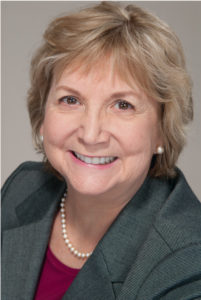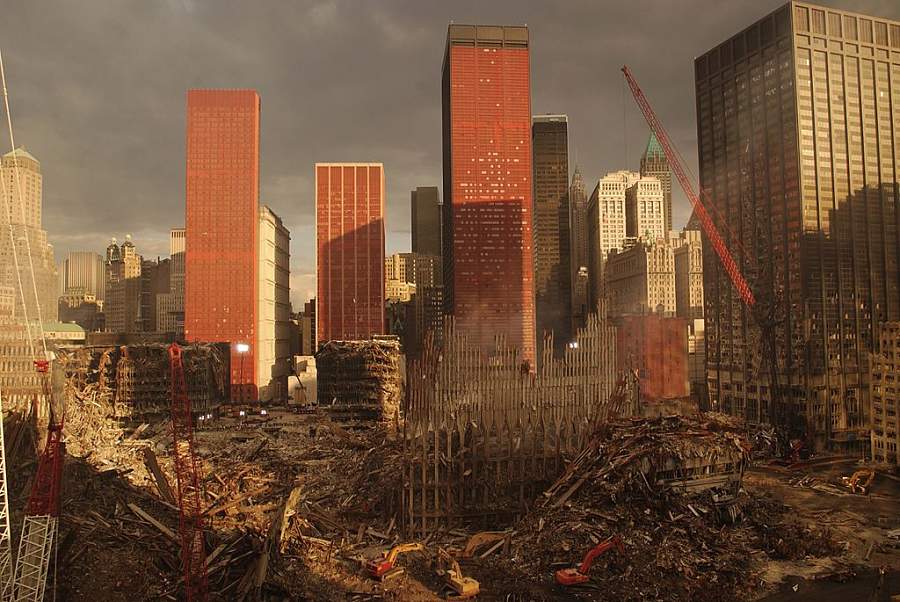To find compelling inspiration for her next play, Cayuga-Iroquois playwright Dawn Jamieson didn’t have to look very far. She was a member of the board of directors of the American Indian Community House in New York City when Native American iron workers came to town to join in the search-and-rescue effort around Ground Zero after 9/11.
“They were welcomed and given the support of other Native people, some who had come from the same reservations,” Jamieson said. “Later, some of the workers came to attend a support group there. After a few years, I contacted and interviewed some of them.”
Brad Bonaparte, a worker who died from cancer developed after exposure to the air at Ground Zero, became a particular inspiration. The characters in Jamieson’s Mangled Beams—opening April 19 at A.R.T./New York, in a production from NYC-based American Indian Artists Inc., a.k.a. AMERINDA—are four Haudenosaunee (Iroquois) high-beam walkers who contribute to the Ground Zero cleanup efforts. Along the way, these iron workers—whose trade tends to be passed down from father to son in Native American families—strive to reclaim their identity by untangling beams laid by their own ancestors.
Diane Fraher, the Osage and Cherokee artistic director of AMERINDA, was eager to support Jamieson’s project. “We are a community-based organization, so we have known Dawn for quite some time. She’s worked very hard on it for a number of years.”
Now in its 31st year, AMERINDA is a Native American arts organization working to make the indigenous perspective accessible to a wider audience through the creation of new works. Throughout the next few years Fraher plans to focus on supporting female playwrights like Jamieson who have emerged from the New York contemporary Native American art movement. “It’s a little known art movement here in New York City which is very vital and dynamic, with this really really rich texture to it that stretches back generations,” said Fraher.

Jamieson has felt firsthand the positive impact the movement has had on Native artists. “The support and encouragement are invaluable, as well as the feeling of being part of a vibrant whole—an ensemble, a network, a support group, an audience, a movement,” she said.
But despite the progress made both by the movement and the support of organizations like AMERINDA, Native artists still often must fight for authentic Native American representation in the arts. When she first began booking acting jobs, including two on Broadway, Jamieson was cast according to her Caucasian appearance. But after she listed Native American on her résumé, she received very few non-Native parts.
“I’ve been asked to get a tan, wear a wig, and ‘sound Indian,’ and these suggestions often come from well-meaning people who are looking to promote Native work,” Jamieson marveled. “Until it’s generally accepted that Native people vary in appearance and voice, the situation won’t change.”
Fraher has seen the slow progress made in the battle for representation, first for Native actors to be able to play Native roles and now for Native playwrights to be able to tell their stories. “Perhaps the next big thing we want to conquer is developing leadership—we need to develop Native directors in theatre,” she said.
These advancements are especially important in dispelling the notion that Native American culture exists only as a part of history.
“We’re a living culture—we’re not just figures of the past, so our stories are not just about our historical past,” says Fraher, “It’s really important for people to recognize us as a living culture that’s a part of the whole in order for us to take our place in the American theatre and the canon of American theatre.”
And take their part in the story of one of 21st-century America’s defining traumas.


